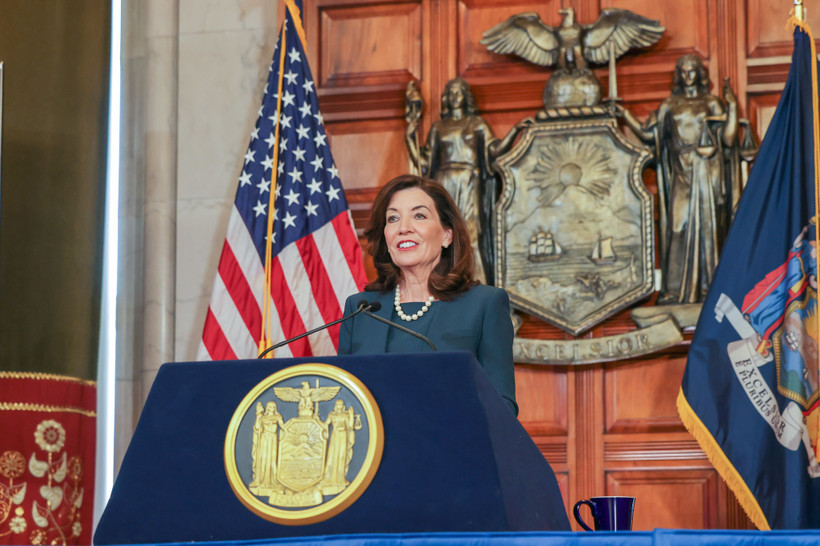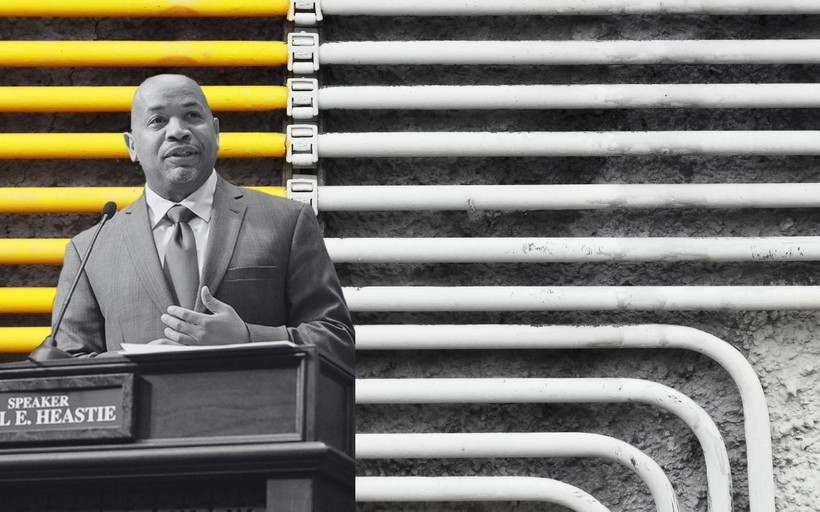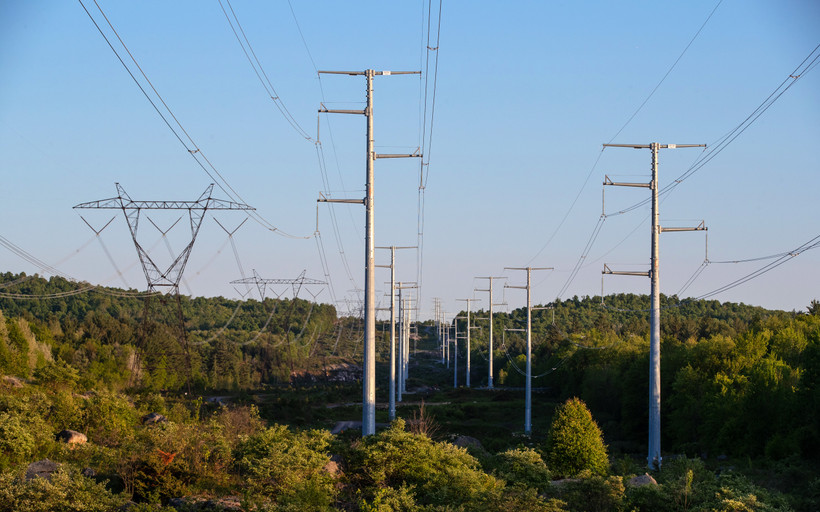Hochul’s Budget Charts a Middle Path on Climate
The $216 billion budget would ban gas in new construction, but otherwise offers few dramatic moves on climate.


The Assembly rejected legislation that would have sped up New York’s transition away from gas.
Low-wage manual laborers can sue to make their bosses pay them weekly. Hochul’s late-breaking budget addition may undermine that right.
New York’s transparency watchdog found that the ethics commission violated open records law by redacting its own recusal forms.
New York has one of the weakest consumer protection laws in the country. This year’s state budget may change that.
Hochul’s proposed Medicaid cuts include $125 million from Health Homes, a program that connects the neediest New Yorkers with medical care, food assistance, and more.
One in five kids in New York live in poverty. Legislators are pushing Hochul to fulfill her promise to cut that rate in half.
The Assembly and Senate want to beef up labor standards and farmland protections for clean energy projects. Developers say that would slow down the energy transition.
State investigators accused the gas utility of “sloppiness” in managing customer funds, but took a light touch in enforcement.
What are industrial development agencies?


